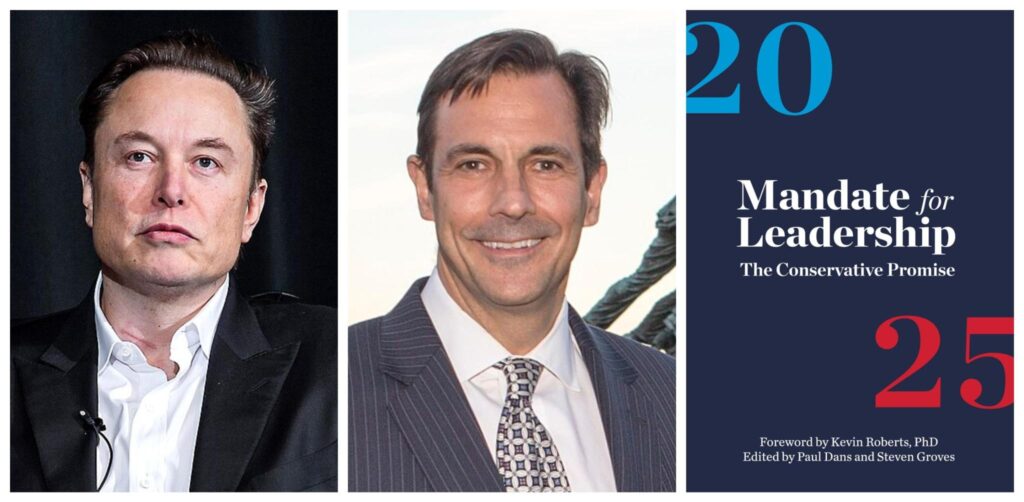Sixty-five percent of the world’s coal production is unprofitable at today’s prices, a new research report by Wood Mackenzie, a commercial intelligence company often cited by investment analysts and the coal industry itself, concluded.
Both major types of coal — the coking coal used for making steel and the thermal coal burned in coal-fired electrical power plants — were included in Wood Mackenzie’s analysis. The estimate may be conservative, as the group excluded some costs incurred during mining, and focused primarily on the sharp drop in the price of coal.
Demand for thermal coal is also expected to slump further, in part because coal-fired power plants are expected to be required to meet increasingly strict standards for their emissions of toxic air pollution and greenhouse gasses.
And coking coal, which often sells for more than thermal coal, has been hard hit by the sudden downturn of China’s steel industry, which makes roughly half of the world’s steel.
A recovery for the steel industry may not come for years, analysts say. “It doesn’t help that Chinese steel production is about to see the most dramatic decline to the lowest in 20 years,” Herman Hildan, an Oslo-based analyst at Clarksons Platou Securities, told Bloomberg News about the steel industry’s prospects. “Demand growth is collapsing.”
Prices for some types of coking coal have already plunged more than 75 percent since 2011.
The Wood Mackenzie analysts concluded that now, “more than 65 per cent of world coal production operates at a loss.”
The situation is even more grim for some American coal mining regions, like Central Appalachia, where Wood Mackenzie concluded in March that 72 percent of the coal produced was being sold at a loss.
The firm does not expect a turnaround for the coal industry anytime soon.
“We’re bearish on 2016,” Matt Preston, who manages North American coal research at Wood Mackenzie, told The Billings Gazette.
Utility companies have accumulated unusually large stockpiles of coal this year, according to Platts, which reported in September that stockpiles of some types of coal were 20 percent larger than the 5-year average.
A wave of bankruptcies have swept the coal mining industry, with Patriot Coal, Alpha Resources, and Walter Energy all filing for restructuring in 2015 — though it’s worth keeping in mind that simply because a company goes bankrupt, that does not automatically mean that its mines wind up shuttered, but rather that changes in management are underway.
While climate change activists have launched a major movement to divest from fossil fuels, early efforts were seen as more morally motivated than profit driven — but market conditions have shifted and a growing number of analysts say that the fossil fuel industry looks like an increasingly risky gamble for long-term investment.
And awareness of those risks could in turn help spur further divestment.
“There is only a limited amount of investors who can actually integrate the moral imperative into their investment strategy,” Sébastien Lépinard, founder of the global investment firm Next World Group told American Prospect. “A lot of the money is managed in a very strict fiduciary manner where it is not about saving the world but making money for clients, trustees, family members.”
Overall, fossil fuel divestment efforts have attracted the support of investors in charge of more than $2.5 trillion worth of assets, the research firm Arabella Advisors concluded in September, though the specific commitments vary.
And there’s the risk that a shift away from coal could even be damaging for the climate. While coal mining companies are under pressure, Wood Mackenzie sees an upside for another fossil fuel, one that many scientists say is even worse for the climate than coal: natural gas.
“The competitiveness of natural gas is significantly reducing the demand for coal to generate electricity – a market segment that makes up 90% of coal demand in North America,” the analysts wrote in a summary of their research. “Natural gas/coal competition will dominate coal market fundamentals in the near-term.”
The structure of utility contracts — often signed to cover one or two years’ worth of fuel purchases — means that power plants are relatively slow to respond to price shifts. When coal contracts expire next year, utility companies will face vital decisions about how to fuel their operations in the coming year.
“There will be a lot rolling off in 2016 for those utilities with operational flexibility to ramp down their coal burn,” Joe Aldina, a New York City-based analyst for Wood Mackenzie, told Platts.
Wood Mackenzie has also predicted that the solar industry could be poised for a breakthrough, one on a scale to match the shale rush that has swept across the U.S. in recent years.
“During our analysis, we identified many evolutionary parallels to shale and believe that solar has the potential to make the same scale of impact across markets,” the firm wrote.
Focusing on solar and other renewables would allow investors to avoid the risks of stranded assets and winding up holding reserves of fossil fuels that cannot be extracted and sold without crossing climate thresholds. If the world were to stick to the 2 degree Celsius limit originally negotiated at Kyoto, over $2.2 trillion worth of fossil fuel company assets are at risk, a report this fall by Carbon Tracker concluded.
“Fossil fuel incumbents seem intent on wasting capital trying to hold onto growth by doing what they have always done rather than embracing the energy transition and preserving value by adopting an ex-growth strategy,” Anthony Hobley, Carbon Tracker’s chief executive said when that report was releasted. “Business history is littered with examples of incumbents who fail to see the transition coming.”
Photo Credit: One hundred dollars in fire, via Shutterstock.
Subscribe to our newsletter
Stay up to date with DeSmog news and alerts







